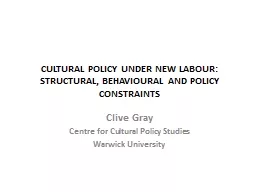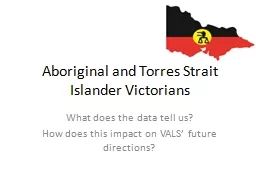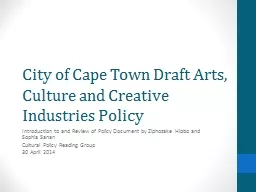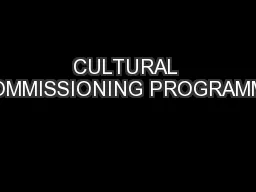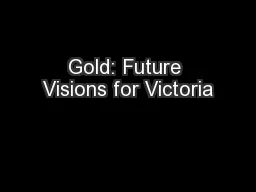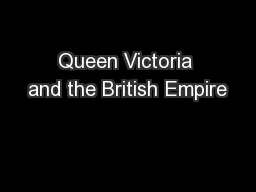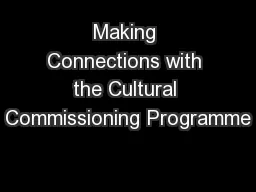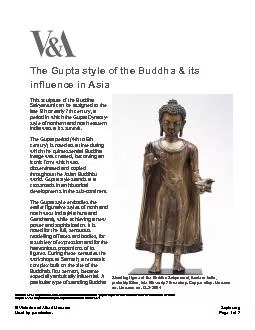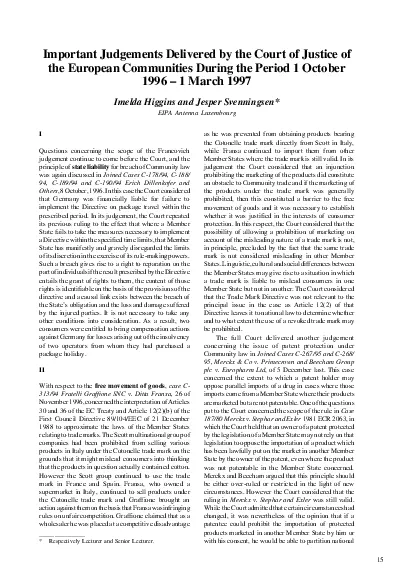PPT-Dr. Victoria Durrer Lecturer in Arts Management and Cultural Policy
Author : maniakti | Published Date : 2020-08-28
9 April 2018 vdurrerqubacuk A Question of Design Understanding the Impact of Art for Reconciliation A Case Study from Northern Ireland The Art of Reconciliation
Presentation Embed Code
Download Presentation
Download Presentation The PPT/PDF document "Dr. Victoria Durrer Lecturer in Arts Ma..." is the property of its rightful owner. Permission is granted to download and print the materials on this website for personal, non-commercial use only, and to display it on your personal computer provided you do not modify the materials and that you retain all copyright notices contained in the materials. By downloading content from our website, you accept the terms of this agreement.
Dr. Victoria Durrer Lecturer in Arts Management and Cultural Policy: Transcript
Download Rules Of Document
"Dr. Victoria Durrer Lecturer in Arts Management and Cultural Policy"The content belongs to its owner. You may download and print it for personal use, without modification, and keep all copyright notices. By downloading, you agree to these terms.
Related Documents


